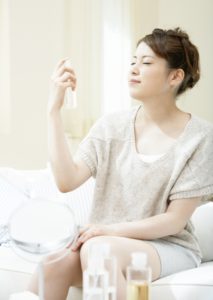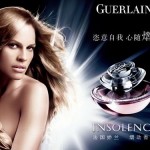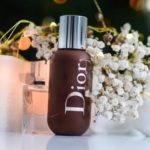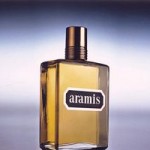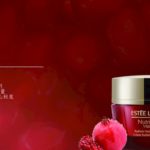The Perfume Market in China: An Opportunity among the Elderly
The Perfume Market in China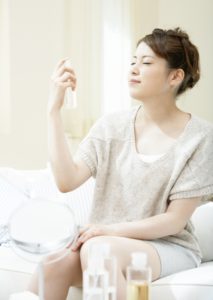
It is said that the market value of the global perfume industry reached $39.4 billion in a steadily rise, which is expected to reach $45.6 billion in 2018. Jean-Luc Ansel, chairman of Valley Cosmetic, expects the global cosmetics market is expected to reach 30% in 2030. Its main drivers are from emerging market consumption capacity and the introduction of innovative products. Consumer trends in urbanization, higher consumer trends and a high degree of attention to the personal image create the opportunity.
China perfume market has been dominated by foreign giants. In 2013, the top 10 foreign companies which are Chanel, LVMH, Coty, Procter & Gamble, L’Oreal, Estee Lauder, Mary Kay, Burberry, Salvatore Ferragamo and Avon occupy 48.8% of China’s entire perfume market. A market that is mostly owned by big luxury brands. They have built their presence through costly advertisement on the press, the TV and on the internet. Some domestic perfume houses are also famous, well-known thanks to their branding highlighting brands of prestige.
Market Opportunity among the Elderly
The number of elderly people in China (defined by age 65) is increasing dramatically and the number of elderly people in 2010 has reached 117 million in a total of 9% while the total population of the elderly in OECD are 126 million. Not only in China, the number of elderly people in East Asia and the Pacific (EAP) is likely to grow significantly.
In 2014, Taobao and the first financial business data center jointly issued the China Internet consumer trends report (中国互联网消费趋势报告). Among them, perfume, color hair dye, and other products gradually gain popularity among the elderly. In the shopping site search, it is also apparent to find more and more products marked in the elderly skin care products, mother’s skin care products and so on. Chinese people begin to focus on skin aging and other issues when getting older. Some customers with more than 30 years brand loyalty now are in a time to retire.
Brand Positioning
With the increased per capita disposable income, the elderly’s demand for perfume has increased, but they may not be able to buy targeted products. Some foreign brands for the elderly are very rare to be seen in China’s store counters. Perfume for positioning of the elderly consumer population is not obvious. For instance, Shiseido has launched a production line for the elderly, but will still focus on the twentieth or thirtieth brands. Indeed, the target market is easier to understand and to target with the boom of online retail. Worldwide research observed when consumers are getting older so do their preferences for older perfume brands. Indeed, young women tend to change perfumes often, when elder consumers are more loyal to a perfume brand, loyalty stabilizes with time.
How Daxue helps its Client?
Daxue Consulting has conducted nationwide mystery shopping for one of the client perfume’s brand. Daxue’s role was to recruit 200 shoppers in all the targeted cities, letting them answering a specific questionnaire. They describe their visit and their perception of the brand, the competitors and of the “shopability” of each product. It helps Daxue Consulting to evaluate the performance of its client in specific cities in China. Segmenting the different cities in China according to different factors such as the demographic, the scale and the consumer characteristic are essential for strategic decision making. Prioritizing numerous factors to identify a target market can help a company boost the effectiveness of its distribution networks, supply chains, and sales forces.
To know more about the Perfume Industry, contact us at dx@daxueconsulting.com
Follow us on our Social Media, to see industry’s update


